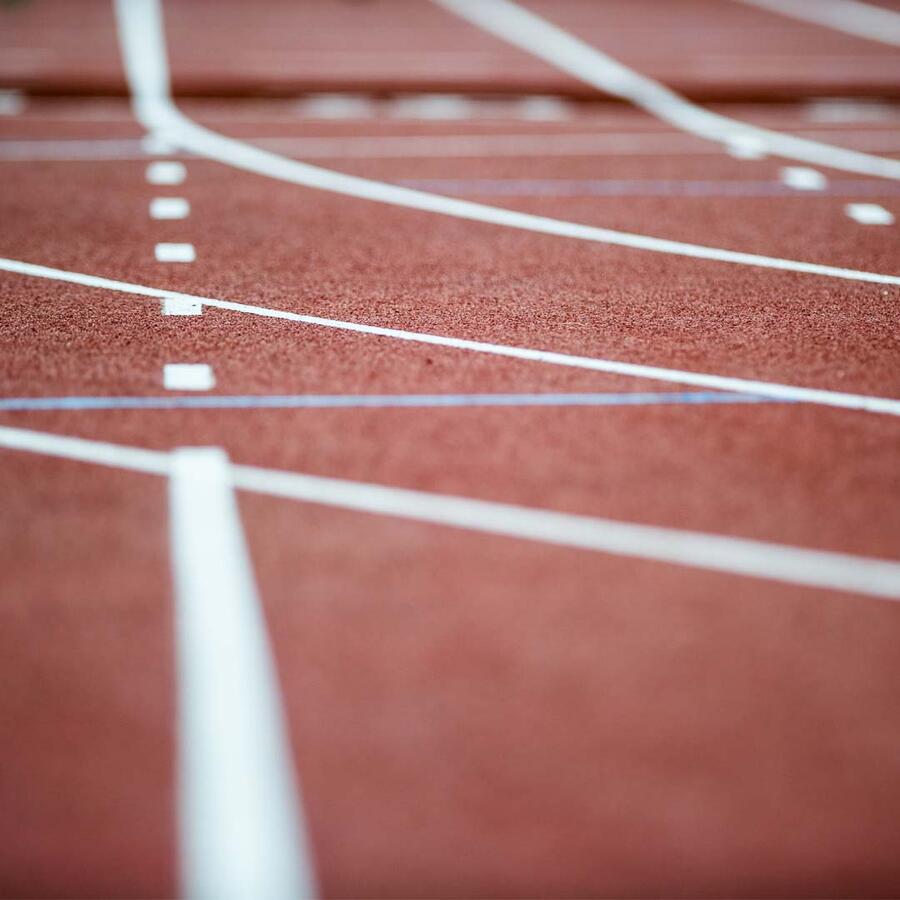Releases
With dried blood spot analysis, anti-doping science is pushing the boundaries at Beijing 2022 and beyond

One of the beauties of science is it is constantly moving forward. It is never satisfied with what it already knows and is always striving to push the boundaries of our understanding. Anti-doping science is a case in point. In order for the World Anti-Doping Agency (WADA) and the global clean sport community to meet the challenges presented by those intent on cheating the system, scientific research is key.
Dried blood spot (DBS) analysis is the latest tool designed to strengthen the overall system, protect athletes and contribute to the level playing field they deserve. While specific elements of this new testing method were in place for the Olympic and Paralympic Games in Tokyo, Japan, last year, the procedure has been fully introduced at this year’s Winter Games that are currently underway in Beijing, China.
Unlike the more intrusive conventional urine and blood sample collection methods, DBS requires just a few drops of blood, collected via a finger or upper arm prick. The blood is applied to a special type of absorbent support such as paper, which is then sealed and sent to a WADA-accredited laboratory for testing.
Speaking in Beijing ahead of the Games, WADA President Witold Bańka said: “Dried blood spot analysis is an exciting development for anti-doping. It carries several advantages over traditional sample collection and will be an important complement to those established methods. It improves the athlete experience, it is easier to transport, easier to store, and brings possible additional benefits related to sample stability.”
While DBS is great for major events, such as the Olympic and Paralympic Games, it could be particularly useful for some types of out-of-competition sample collection in more remote parts of the world where the time taken to transport the samples to the nearest WADA-accredited laboratory can mean that the degradation of blood and urine is a factor.
WADA has been leading a collaboration of Anti-Doping Organizations (ADOs), including the International Olympic Committee (IOC), the International Testing Agency (ITA) and the National Anti-Doping Organizations (NADOs) of Australia, China, Japan, Switzerland and the USA, as well as several WADA-accredited laboratories, to develop this method, to address all the technical challenges and adapt anti-doping rules to allow for it. This partnership builds on research conducted by several ADOs and laboratories around the world.
Last year, WADA’s Executive Committee approved the relevant Technical Document (TD) for this innovative process, and it came into effect on 1 September 2021. The TD harmonizes DBS testing by providing ADOs and WADA-accredited laboratories with specific requirements and procedures for DBS sample collection, transport, analysis and storage. Since the TD came into effect, WADA has been assisting ADOs and laboratories around the world with the progressive implementation of this method to ensure their readiness for its use at the Beijing 2022 Games and beyond. TDs are mandatory documents that complement certain WADA International Standards by providing specific technical recommendations to ADOs and WADA-accredited laboratories.
Mr. Bańka said: “We look forward to seeing how well dried blood spot sample collection works at the Games with the intention of it being introduced more comprehensively. It is not intended – at least in the short term – to replace conventional testing but it could allow Anti-Doping Organizations to test more athletes and be able to store more samples. Athletes should be aware that the number of testing authorities implementing this type of collection is increasing and that they will be asked to provide this kind of sample. So far, the feedback from athletes has been very positive. For me, it could bring some real benefits.”
The Athlete Experience with the DBS Testing Procedure
The DBS testing procedure at the Olympic Games in Beijing is being carried out by the ITA on behalf of the IOC. The procedure is depicted within this visual which was produced by the Beijing Organizing Committee for the 2022 Olympic and Paralympic Winter Games and the ITA; and, is as simple as follows:
- Select a DBS kit and make sure the plastic seal is intact.
- Open the kit and take out its contents.
- Make sure the code numbers of all the elements of the kit are matching.
- The tip of your finger is cleaned and pricked with a sterile lancet device.
- A blood drop is deposited on the collection card.
- The blood drop flows into the collection card and generates spots on the paper.
- The Doping Control Officer (DCO) applies pressure on the puncture spot for 30-60 seconds.
- The DCO closes the collection card.
- The sample is sealed.
- Check the Doping Control Form and, if all the information is correct, sign it.
WADA webinar: An Introduction to DBS Testing for Athletes
On 24 February, WADA will host a webinar as an introduction to DBS for athletes. The webinar will feature Dr. Laura Lewis, Director of Science, United States Anti-Doping Agency; Dr. Yuhan Tan, orthopedic surgeon, Olympian and member of the WADA Athlete Committee; Dr. Léonie Egli, Project Manager, DBS, Science and Medicine, WADA; and Ben Sandford, Olympian and Chair, WADA Athlete Committee. While WADA is targeting athletes for this webinar, anyone interested is welcome to register and attend.

